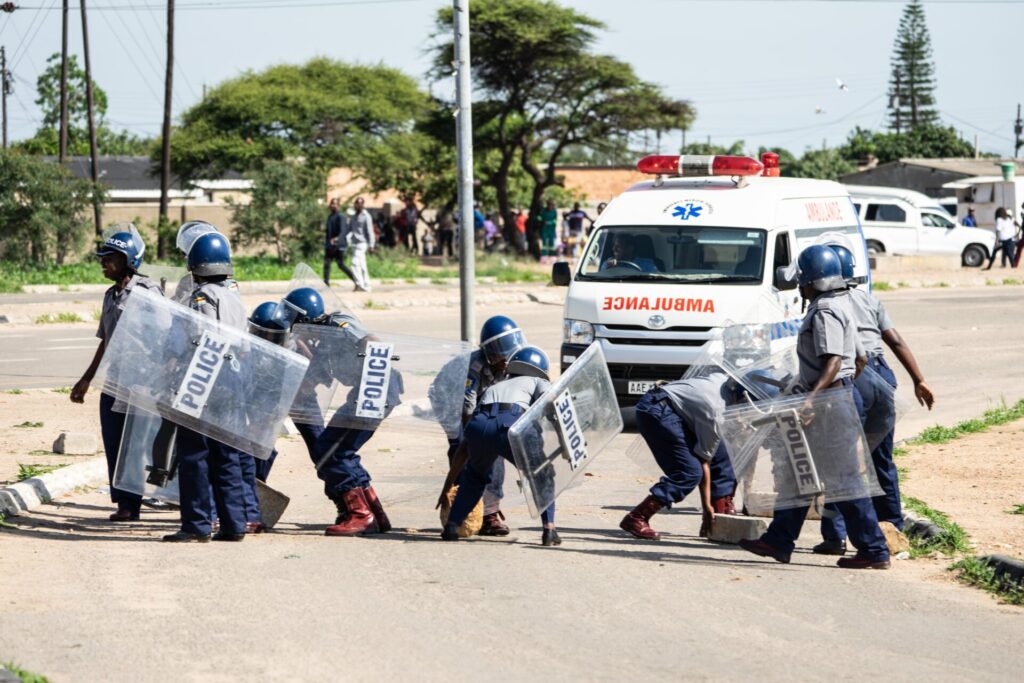In the heat of the recent military crackdown in Zimbabwe, a Whatsapp voice note went viral among Zimbabweans.
“There’s going to be a very serious war in Zimbabwe,” the voice note warned. Vice President Constantino Chiwenga had purportedly staged a coup, and President Emmerson Mnangagwa was unlikely to return to Zimbabwe from a trip to Russia taken on the eve of the eruption of mass protest.
On 12 January, Mnangagwa had made an announcement that fuel prices would go up by at least 150%. This was a trigger for citizens already reeling from rising inflation, partly attributed to Finance Minister Mthuli Ncube’s ‘austerity measures’, to protest under the auspices of the Zimbabwe Congress of Trade Unions (ZCTU) which called on workers to stay home on the Monday after the announcement. By Monday afternoon, protesters were fighting police in the townships and by the next day, after deploying the military, the government had shut down social media and then cut off all internet access to Zimbabweans. In the darkness caused by Zimbabwe’s heavy handed and paranoid reaction to protests, fake news – such as that of the coup – thrived.

News of real victims of the brutality had to compete with false information and exaggerations on one side, and the almost comical denials from the government, which sought to convince people that everything was as normal. Videos and images of the military patrolling the streets, and pictures of the wounded, were said – by the police and the army – to be the work of a few rogues that had stolen army uniforms. The government was doing even worse with Energy Mutodi, the Deputy Minister of Information, claiming on state television during the internet shutdown, that there was no shutdown at all, but rather a network congestion.
“The media in Zimbabwe has long been polarised. State media are blindly in support of the government while the private media back the opposition, and also self-censor to avoid harassment.”
In yet another message of misinformation, citizens were warned that the army had seized the state broadcasting station, the ZBC. Soon a picture of a building on fire, purported to be the ZBC, circulated. Later, it turned out to be a picture of a school block that caught fire in 2018.
Still cut off from social media when parts of the internet were eventually restored, mobile phone users downloaded virtual private network (VPN) applications to keep abreast of news. Soon, messages circulated claiming that doing this would get them arrested, leading to further alarm.
Many more such fake stories abounded on social media during this time. Another example was that of Kirsty Coventry – the Olympic swimmer who is Zimbabwe’s Minister of Youth, Sport, Arts and Recreation – who was incorrectly said to have quit the government out of disgust at the abuses. She issued a statement on social media disclaiming the false news.
A Zimbabwean information tragedy
And while the official denials – such as that of Minister Mutodi – were almost comical, they revealed a deeper information tragedy: Zimbabweans justifiably do not trust anything their government says, and the state-controlled media has long lost all credibility.
The media in Zimbabwe has long been polarised. State media are blindly in support of the government while the private media back the opposition, and also self-censor to avoid harassment. In that void, and to fill the thirst for news when major events happen, the main news sources for many Zimbabweans have become WhatsApp, Facebook and Twitter. Thus, with a discredited government press, and slow and often unreliable mainstream media, Zimbabwe is a goldmine for purveyors of fake news.
The impact of fake news on the mainstream press was already apparent in the run-up to Zimbabwe’s elections last year. As University of Johannesburg Journalism Professor, Dumisani Moyo, pointed out at the time, in the rush to break news mainstream media were falling for fake news distributed on social networks.
“A number of these fake images and documents have gained credibility, after they were picked up as news by the mainstream media,” Moyo wrote. “This speaks to the diminishing capacity of newsrooms to verify information from social media, in the race to be first with the news.”
According to Zimbabwe’s Postal and Telecommunications Regulatory Authority (POTRAZ), the country’s mobile penetration rate stands at 92%; there are 12.7 million active mobile subscriptions. The rate of internet access is 55.4% and the majority connect to the web via mobile phone. While data on usage of social media, by platform, in Zimbabwe remains scant POTRAZ stated in 2017 that close to half of Zimbabwe’s data usage is spent on WhatsApp. A 2017 estimate by TechZim, one of Zimbabwe’s leading technology blogs, put the number of WhatsApp users in Zimbabwe at 5.2 million in a population of over 16 million. Other estimates say there are almost a million Facebook users in the country. And while it is generally believed that Twitter usage lags behind that of Facebook and WhatsApp, it has become the go-to platform for Zimbabwe’s political ‘influencers’, with screenshots of their tweets being shared and amplified via WhatsApp.
Government ready to fight back
With its own communications structures in disarray, the government is desperate to find a way to fight back against the rise of fake news posts and websites.
At a briefing at the Zimbabwe National Defence University in Harare in January, Minister of Information, Publicity and Broadcasting Services, Monica Mutsvangwa, stated that the rise of citizen journalism had brought with it both negative and positive factors in the information sector.
“Citizen journalism characterised by people freely generating information and sharing it, removes the editorial responsibility and self-restraint that you find in traditional media because purveyors of social media information often operate extra-territorially out of reach from the societies they offend against,” Mutsvangwa said.
She further added that a Cyber Bill, which combines other legislation such as the Electronic Transactions and Electronic Commerce Bill, Data Protection Bill and the Computer Crime and Cybercrime Bill, has been mooted since 2015 and critiqued by digital activists and media organisations such as the Zimbabwe chapter of the Media Institute of Southern Africa (MISA), had been approved by Zimbabwe’s Cabinet and would make sure that the “internet and related technologies are used for the good of society, not to violate national security”. Media rights groups are worried more by provisions of the proposed law that they say will allow the government to intercept communications without court warrants. This past week, presidential spokesperson George Charamba stated that the Zimbabwean government will shut down the internet again, if more violent protests erupt.
This, obviously, will only cause more resentment and further polarisation. And for hawkers of fake news, this combination of proposed government controls, poor official communication and low digital literacy among internet users is just what they will need to continue to thrive.
(Main image: Chris Ratcliffe/Bloomberg via Getty Images)
The opinions expressed in this article are those of the author(s) and do not necessarily reflect the views of SAIIA or CIGI.


